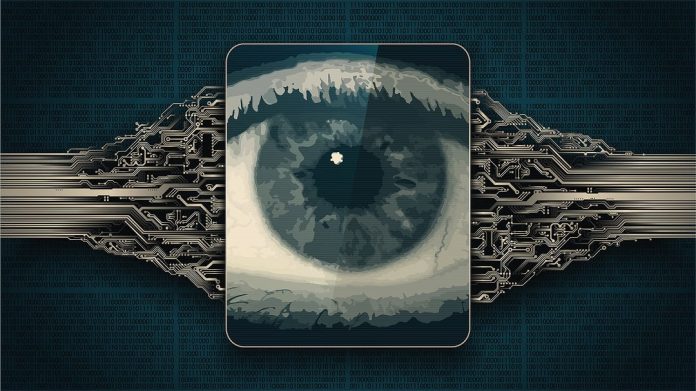TECHNOLOGY has long been considered a double-edged sword for security managers. Since the first serious video surveillance, access control and intrusion detection systems came along, it’s been exceedingly difficult to manage expense over-runs and to balance operational outcomes against total cost of ownership. At issue is trying to meld technology with operational procedures in a way that does not obliterate budgets, or task technologies with applications they cannot manage.
There’s another issue here, too. It’s always tempting, from the point of view of security managers and security providers, to imagine that a little more technology will finally do the job – more cameras, more access control, more barriers – even though the best results might be delivered by a change of culture, by the application of design in public areas, by the installation of light, by the dissemination of simplified procedures organisation-wide – something as simple as the creation of a culture of politely challenging strangers with an offer of assistance.
But for all this, technology and times are changing. Digital infrastructure, networked security devices and the rapid evolution of smart software applications and simpler, more capable software management solutions, have combined to give security managers more of the one thing they need most. The core of security management is the application and support of thoughtful security procedures, designed to initiate and manage a rolling proactive response to every possible threat scenario an organisation might face, from a storm event, to a fire, to an active shooter on site.
But creating procedures that follow an event from inception to long term support of traumatised staff and customers is only part of the battle. Your procedures must manage events in real time across the whole of an organisation – for a big university, that might include 10 sites, 5000 staff, 35,000 students and a tiny security team. For a hospital, the overall numbers are smaller but the operational application of procedures in real time is no less challenging. Even a company with 500 staff in 4 locations will have its work cut out managing an unplanned-for emergency.
One of the intense frustrations of studying great historical battles is the guesswork involved that inevitably leads to complete failure, regardless of individual courage or group sacrifice. At the Battle of Midway, Vice-Admiral Chūichi Nagumo could not organise a targeted response, instead being forced to gamble everything, multiple times, thanks to a complete lack of reliable intelligence about the strength and location of the forces arrayed against him. By the time he understood the threat, his battle was lost.
For security managers, accurate, real time intelligence is no less vital and it’s on this point that the amalgamation of technology and human skill comes together. The ability to eliminate avenues of threat, the ability to model threats evolving in areas a security team has prepared responses, the ability to manage responses in real time through access denial, live surveillance, real time communication with response teams and emergency services, support and protection of customers and staff – this is the face of modern security operations.
And at the forefront of these operations is PSIM-style security management, the merging of human and machine through rehearsed procedures in response to expected, managed and evolving threats. Using the word PSIM when talking about technology is a risky business – PSIM is expensive and when not customised, is often proprietary, requiring a security manager abandon hard-won investment in technology that may have been accrued over decades. As the security manager of Logan Airport in Boston will attest, it’s a fact that the only thing that wins security teams appropriate investment in technology is complete disaster – safe operations serve to argue against spending.
But PSIM as a concept is at the core of the story because it’s now possible to approach PSIM-style management of security operations in multiple directions, using integrated technology to inform well-trained security teams in real time. It’s also possible to install security technology carefully selected for maximum possible benefit – thermal cameras on high risk perimeters with alarm on line-crossing, powered fencing with alarm zones, with PTZ and armed emergency response on perimeters whose risk profile cannot tolerate breaches (major airports), barriers that funnel risk to controlled areas with blast mitigation features, hostile vehicle mitigation features, adjacent helo capacity, adjacent medical facilities and a local emergency ops centre that is secure and fully networked (sports arenas).
We’re going to Security and Government Expo November 9 at the Realm Hotel in Canberra (pre-register here now!), an event whose entire reason for being is putting end users in government and corporate together with security technology providers, consultants and integrators with a single focus – to talk operations. SAGE is pointy as a knapped flint – it’s about the ways in which the latest technologies can be used to facilitate security management procedures with greatest economy and the best possible operational outcome.
Video surveillance, access control, vehicle mitigation, intelligent video analytics, perimeter intrusion, long range thermal, biometrics and centralised and remote management of everything. If you’re in the ACT and want to get across the latest technologies for security managers and security operations – think SAGE. ♦












